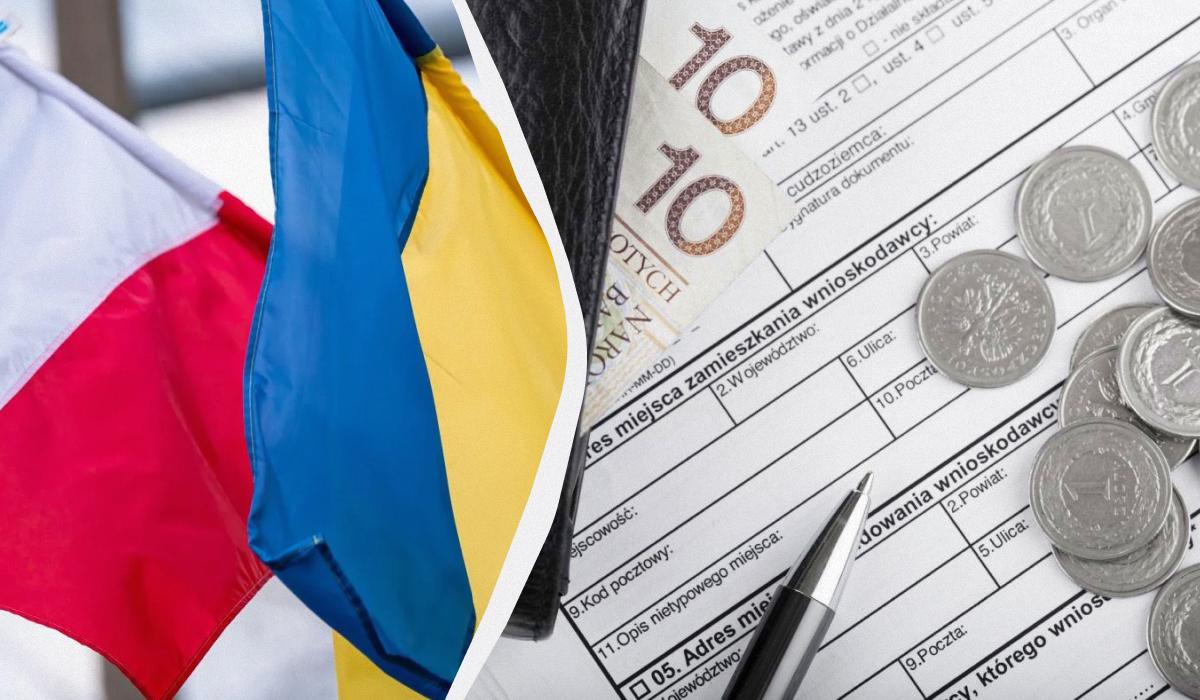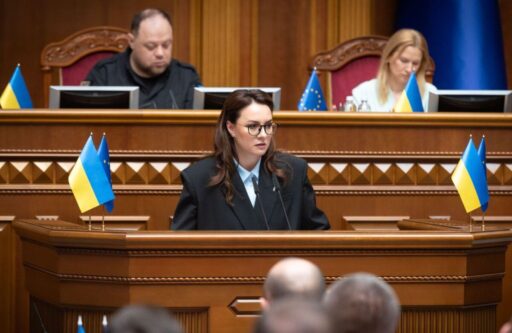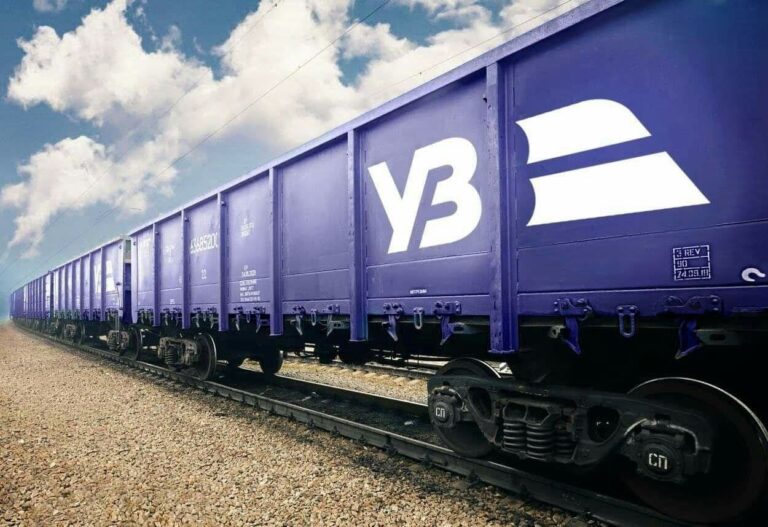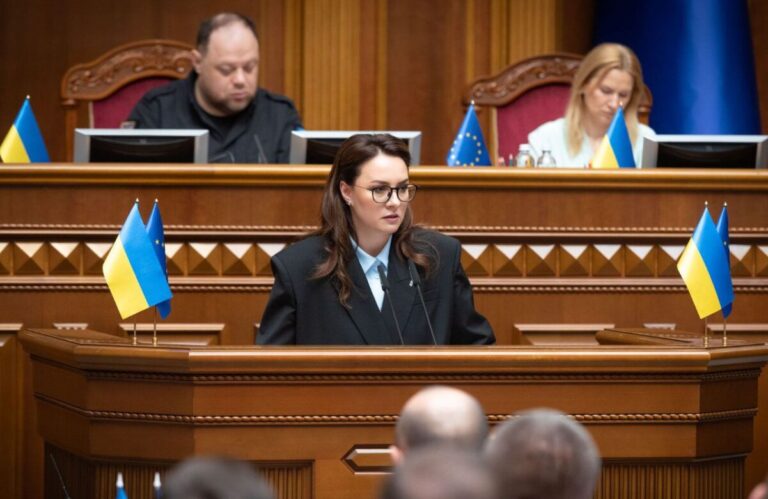
Poland and Ukrainian Migrants: What Contribution to a Foreign Economy Really Looks Like
Over the past two years, Poland has become one of the key destinations for Ukrainians who left their country due to the war or were seeking stability amid economic difficulties. As of 2025, this wave is not diminishing but rather becoming structural: Ukrainians are integrating into the labor market, launching businesses, and contributing to public finances. At the same time, public discourse in Poland increasingly circles around the “cost” of this presence. So how much does Ukraine really give to Poland in figures, actions, and future prospects?
According to Bank Gospodarstwa Krajowego (BGK), Ukrainian migrants contributed at least 15.1 billion zloty to the Polish state budget in 2024 alone. This includes tax revenues and social security contributions, paid by Ukrainians on equal terms with Polish citizens through legal employment.
Importantly, this sum is net it already takes into account expenses on social programs that some Ukrainians use, such as child benefits or housing subsidies. BGK reports explicitly state:
“After deducting social assistance costs, the net contribution of Ukrainian migrants to the Polish budget exceeds 15 billion zloty.”
Journalists and some analysts estimate even higher totals up to 18.7 billion zloty though this figure has not yet been officially confirmed. It may reflect broader contributions, such as consumer spending or indirect taxes.
GDP: A Presence That Shapes the Economy
Another key metric is the contribution to Poland’s GDP. According to estimates by Deloitte and UNHCR, Ukrainians contributed to a 2.7% increase in Poland’s GDP in 2024, equivalent to about 99 billion zloty.
This figure reflects not just taxes, but active participation in key economic sectors: transport, logistics, construction, care work, IT. The role of Ukrainian women is especially significant, as many are employed in education and caregiving. Projections suggest further growth up to 3.2% of GDP by 2030, if integration continues at its current pace.
Polish economists confirm this trend. BGK notes in its studies that the impact of labor migration from Ukraine on Poland’s economy ranges between 0.5% and 2.4% of GDP annually, depending on the demographic structure and employment rates.
Entrepreneurship: Not Just Labor but Creation
Beyond participating in the workforce, Ukrainians are actively founding businesses. Between 2022 and 2024, 77,700 Ukrainian-owned businesses were registered in Poland. These are mostly small and medium-sized enterprises ranging from beauty salons to logistics firms and IT startups. This entrepreneurial activity also drives additional tax revenues and stimulates local economies, particularly in small and medium-sized cities.
In response, many local governments in Poland are launching programs to support these entrepreneurs: lowering startup taxes, offering consultation services, and helping with business registration. This is not charity it’s pragmatic interest, as Ukrainian businesses create jobs.
Post List
Legal Status: 1.5 Million with Residence Permits
As of February 2025, 1.55 million Ukrainian citizens hold valid residence permits in Poland. Of those:
- 993,000 are under temporary protection under the European mechanism, extended until September 30, 2025;
- 462,000 have temporary residence permits, mostly for employment;
- 92,000 hold permanent residence permits.
These figures indicate not a short-term crisis response, but a structural shift in Polish society, accompanied by legal adaptation.
Public Discourse: Is It Really Worth It?
Amid strong economic data, public debates in Poland are growing louder about the costs of hosting Ukrainians. Some politicians and media voices argue that the social system is being “overburdened.” But most data contradict such narratives. As Forbes reports:
“Ukrainians give Poland more than they receive. The average net contribution per refugee is approximately 6,000 zloty per year after all deductions.”
This means that financially, this is not a burden, but rather an added engine for a system facing an aging population and labor shortages. While issues of assimilation, language, and identity remain open the economic dimension presents clear arguments.
Ukrainians in Poland are not just statistics. They are an example of how, in a critical moment, two nations can become pillars for each other. Poland provided protection, infrastructure, and a chance to survive. In return, Ukrainians brought workers, entrepreneurs, tax revenue, GDP.
This balance is not automatic. It requires conscious policy, honest dialogue, and efforts to prevent radicalization in rhetoric. Otherwise, even the strongest statistics may lose public trust.
Today, Poland is not merely receiving a wave of people it is receiving a part of Ukraine’s future. And Ukrainians are not just surviving, they are testing their ability to be part of a complex and competitive market. And so far, they’re passing that test not with words, but with numbers.














